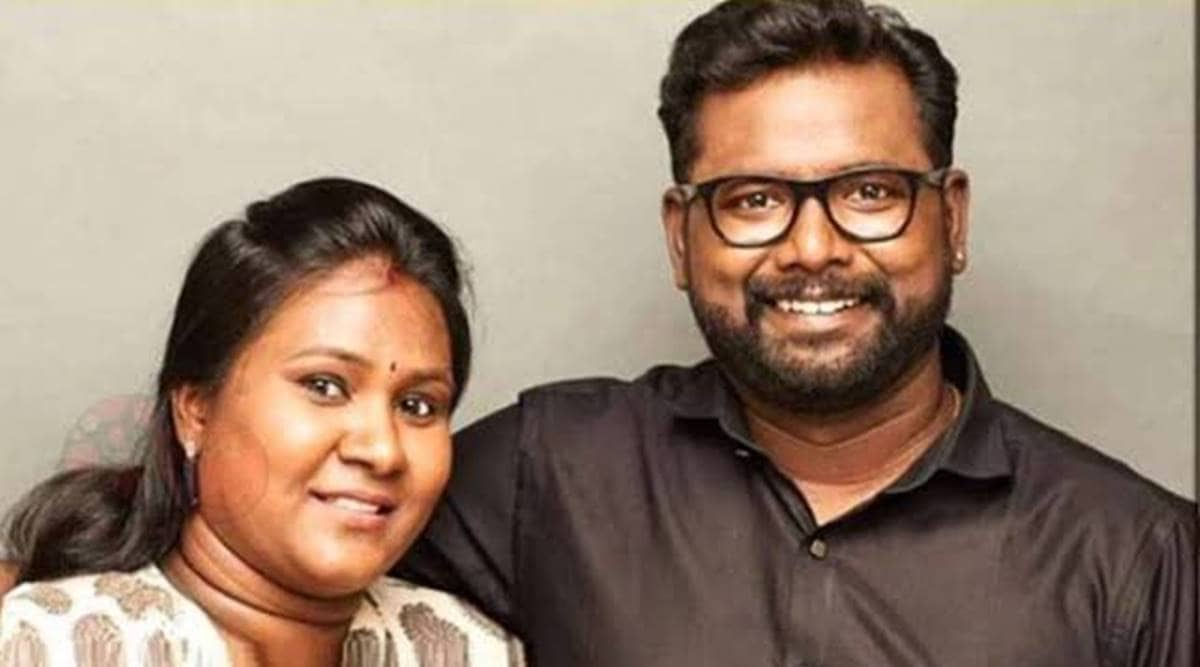

Modern Theatres Studio came up in Salem Central Studios, Neptune, and Pakshiraja were built in Coimbatore and Vijaya Vauhini Studios and Gemini Studios came up in Madras (now, Chennai). The AVM studios in Madras (now, Chennai), the oldest surviving studio in India, were first set up in Karaikudi in the 1930s. Film studios in the city were bound by legislation, such as the Cinematography Film Rules of 1948, the Cinematography Act of 1952, and the Copyright Act of 1957. Balayogini released in 1937 is considered to be the first children’s film of South India.īy the end of the 1930s, the Entertainment Tax Act of 1939 was passed by the legislature of the State of Madras. Kalava was the first full-length talkie in Tamil. The era of talkies began with the film Kalidas (1931). During the 1920s, silent Tamil language Films were shot at makeshift locations in and around Madrs (now, Chennai), and for technical processing, they were sent to Poona (now, Pune) or Calcutta (now, Kolkata).

Nataraja, who established the India Film Company Limited. In 1916, Keechaka Vaadham, the first silent film made in South India, was released.

It screened films full-time and was the first in Madras (now, Chennai) to do so. He constructed a permanent cinema in the Mount Road area in 1912 named Gaiety Theatre. Raghupathy Venkiah Naidu, a photographer, took over the equipment. It was made up of a film projector to which a gramophone with a disc containing prerecorded sound was linked running as a unit, they produced picture and sound. The exhibition set up in Madras (now, Chennai) to celebrate the event of King George V’s visit in 1909 saw the screening of short films accompanied by sound. Later, he produced talkies and built a cinema in Coimbatore. He founded the concept of ‘tent cinema’ as he erected tents for screening films and travelled all over the state with his mobile unit. Swamikannu Vincent, who worked with the South Indian Railways in Tiruchirapalli, purchased a film projector and silent films from Du Pont, who was a Frenchman, and established himself as film exhibitor. The Lyric Theatre, built in Mount Road, held plays in English, Western classical music concerts, and ballroom dancers. In Madras (now, Chennai) the Electric Theatre was established for the screening of silent films. The films all featured non-fictional subjects, being mostly photographed records of day-to-day events. It was in 1897 that a European exhibitor screened a selection of silent short films at the Victoria Public Hall in Madras (now, Chennai). The industry has also inspired film-making in Tamil diaspora populatior« in other regions. In modern times, Tamil films from Chennai have been distributed to overseas theatres in Singapore, Sri Lanka, South Africa, Malaysia, Japan, Oceania, the Middle East, Western Europe and North America. Tamil cinema has always had a major effect on other filmmaking industries of India, and Chennai has been a secondary hub for Telugu cinema, Malayalam cinema, Kannada cinema and Hindi cinema.


 0 kommentar(er)
0 kommentar(er)
